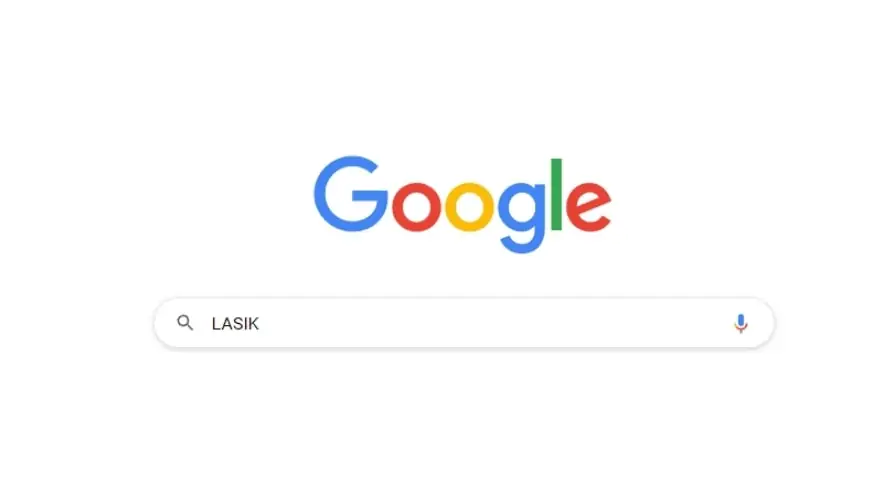Ask a LASIK Surgeon: The Most Googled Questions

In this new monthly series, we will ask the most-Googled questions about LASIK answered by members of the RSC editorial advisory board. This month, we are honored to have Neda Shamie, M.D. of the Maloney-Shamie Vision Institute give her responses to a few of the top questions about the popular laser vision correction procedure including How does LASIK work? LASIK versus PRK. Can LASIK fix astigmatism?

How does LASIK work?
LASIK is like sculpting the power of a contact lens onto the surface of your eye. Your vision becomes focused and clear as though you are wearing contacts and often even more clear. The clear and crisp vision is without the nuisance of putting in and taking out the contacts every day. In the LASIK procedure, a laser is used to create a micro-thin flap in your cornea, which is gently moved back to reveal an inner layer of corneal tissue. Here, a different laser is used to sculpt the cornea to improve its focus. The flap is returned in place and the patient can see better right away. Patients can typically resume normal activities, including driving within a couple of days. LASIK treats nearsightedness, farsightedness, and astigmatism and is a safe and effective vision correction option for those patients who are good candidates.
LASIK versus PRK
Both procedures reshape your cornea, the clear, front layer of your eye, they just go about it differently. PRK (photorefractive keratotomy) is the same laser treatment as LASIK but done without making a flap. It has been marketed under several names but all laser vision correction procedures where the laser is applied directly on the surface of the eye are considered PRK. LASIK has a faster recovery with less downtime than PRK, but both are state-of-the-art laser vision correction options. We typically recommend PRK for people who aren’t candidates for LASIK, such as people with thin corneas. Some patients with very small eyes, where the bone structure may not allow the eye to open enough for the equipment needed for the LASIK flap, may be better suited to a PRK procedure. Lifestyle considerations are also factors in recommending LASIK or PRK. For example, mixed martial arts professionals, contact sports athletes, or other careers with a high risk for eye injury may be better candidates for PRK. Generally speaking, PRK will be recommended for between 10 to 20 percent of patients seeking out laser vision correction. Click to learn more about PRK.
What If I Have Astigmatism?
With astigmatism, the eye or cornea is shaped more like a football than a basketball. The shape is uneven, and so light doesn’t bend (refract) properly into the eye, which leads to blurred vision. Fortunately, today’s laser vision correction procedures including LASIK, PRK, and SMILE can effectively treat astigmatism by using lasers to reshape the cornea and improve its ability to focus light property into the eye for clear vision.
Over the next several months RSC will tap additional members of its editorial advisory board to answer the questions that appear most frequently in Google about many laser vision correction topics such as What is the LASIK success rate? How long is LASIK recovery? Does insurance cover LASIK?




